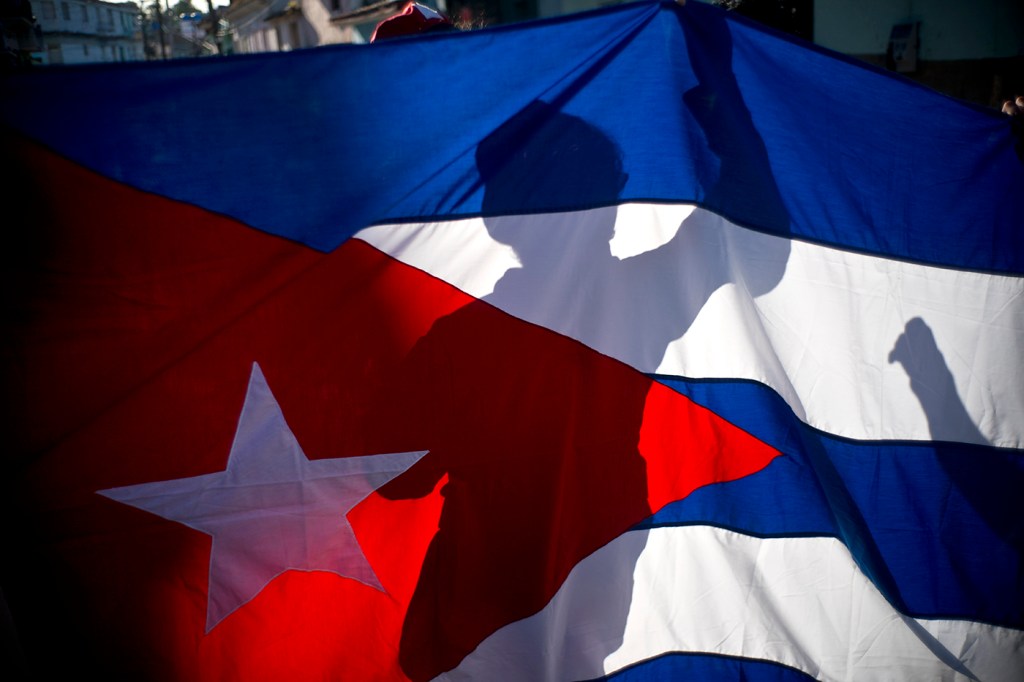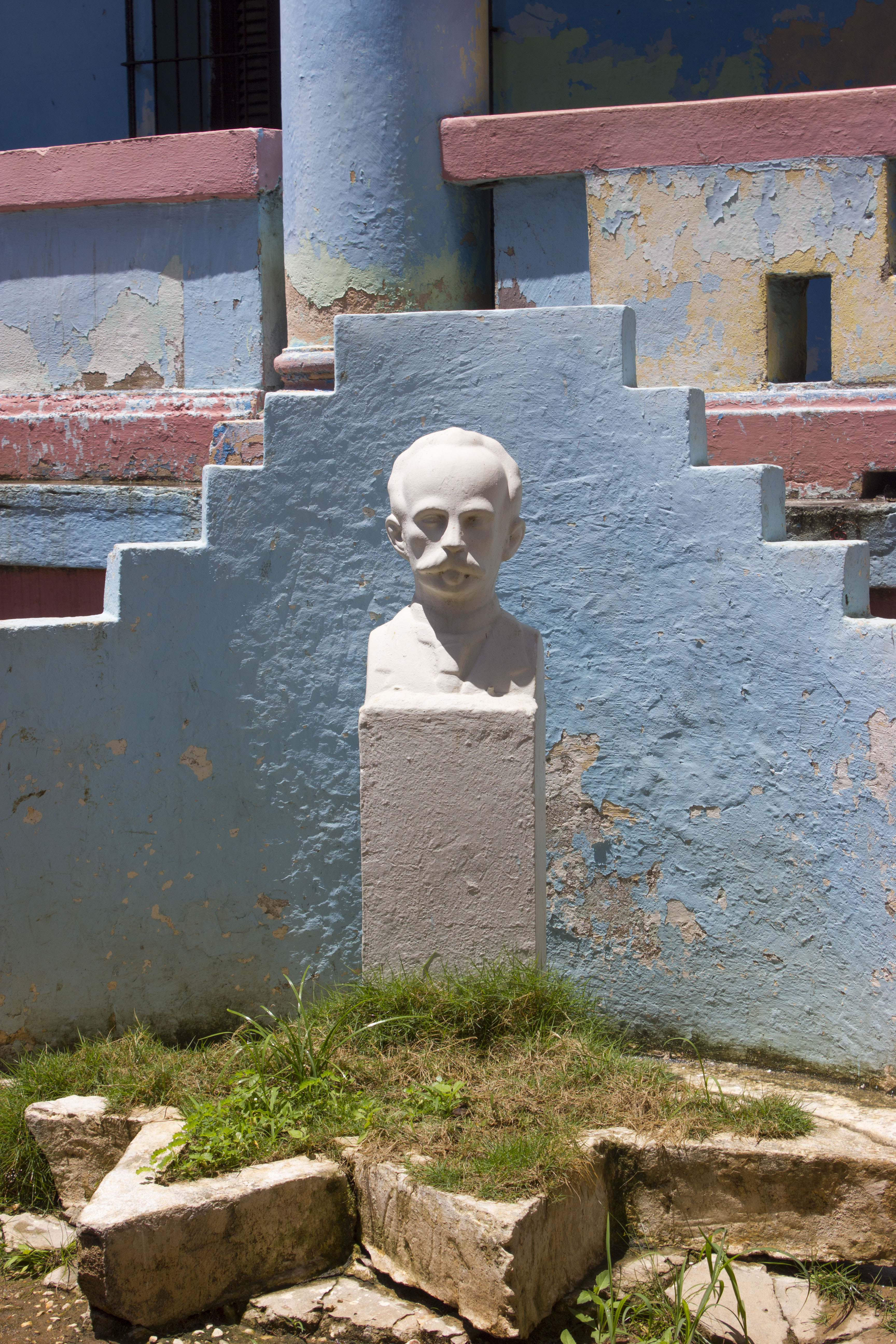Northeastern students went where other journalists can’t. Now a Boston TV station will tell their stories from Cuba.

In Cuba, you’re always being watched, if not by the government or the civilian spies, then by the country’s national hero, Jose Martí. He’s long dead, but his disembodied head graces every lawn, lobby, and public park. His stark white bust sits on pedestals across the country, staring blankly out of unblinking eyes.
He’s everywhere.
His face was one of my first impressions of Havana when I got there in May with 17 other Northeastern students. We went for a monthlong study abroad program led by journalism professors Carlene Hempel and Mike Beaudet, and when we landed at Jose Martí International Airport, I had no idea the airport’s name was a foreshadowing of the goose-chase I would endure over the next four weeks in pursuit of the story of this bodiless man.
We went to Cuba to report stories that others couldn’t in a tight-lipped country where journalists are rare. “The stories we did, no one else is doing. There aren’t reporters running around in Cuba,” Hempel said. On Friday at 7:30 p.m. one of Boston’s local TV stations, WCVB Channel 5, will share some of these stories from Cuba.
But back to Martí.
He was a philosopher and prolific author who led the Cuban War of Independence against Spain in 1895. These reasons alone might have satisfied the questions I had about his ubiquity, and yet I had a feeling there was something more.

Busts of Jose Martí, Cuba’s national hero, sit on pedestals across the country, staring blankly out of unblinking eyes. Photo by Emily Arntsen.
I talked to Andrés González, an artist who has been sculpting Martí’s image since 1989. He’s made so many Martí busts, he said he’s lost count.
González also created the statue of Martí that stands in front of the United States Embassy in Havana. In the statue, Martí points an accusing finger at the embassy while clutching a baby, inferred to be Elián González, in his other arm.
The monument is a tribute to the custody dispute between the United States and Cuba in 2000, when the U.S. Coast Guard found baby Elián clinging to an inner-tube that was drifting from Cuba to Florida. The event sparked a heated debate when Elián’s father wanted the boy to return to Cuba, while U.S. authorities deemed that the baby should stay in the States. Elián’s father eventually brought his son back to the island, and now the story is used as a metaphor for Cuban triumph over America.
Martí died in 1895. His story has no overlap with Elián’s. But in the sculpture, Gonzalez said, Martí represents Cuba, and Elián is the people the country protects from hostile outside forces.
As I spent more time obsessing over Martí, I realized he was also a symbol of improved relations with the United States. Cuba’s national hero spent a substantial amount of time in New York City, where his statue stands in Central Park.
The statue was created by American artist Anna Hyatt Huntington in the 1950s. It was commissioned by former Cuban president Fulgencio Batista, and it was supposed to go to Havana after it was completed. But then the revolution happened. Fidel Castro came to power, and the relationship between Washington and Havana hardened. The statue stayed in New York.
I talked about the statue with art historian David González, who works at the Center for Martí Studies, and he said Cubans were angry when it stayed stateside. “We always thought it belonged in Cuba. He’s our hero,” he said.
But in January 2018, the Bronx Museum of the Arts donated a replica of the statue to Havana as late reconciliation for a work of art that was always intended to live on the island.
During my time in Cuba, I answered most of my questions about Martí. For some, he’s a symbol of Cuban nationalism. For others, he represents a bridge between the island and the country he lived in for many years. But there is one questions I’ll never get to answer—what would Martí think if he returned to Cuba and saw thousands of identical faces looking back at him? We’ll never know.
The stories written by Northeastern students during their monthlong reporting trip to Cuba have been published in an online magazine.





